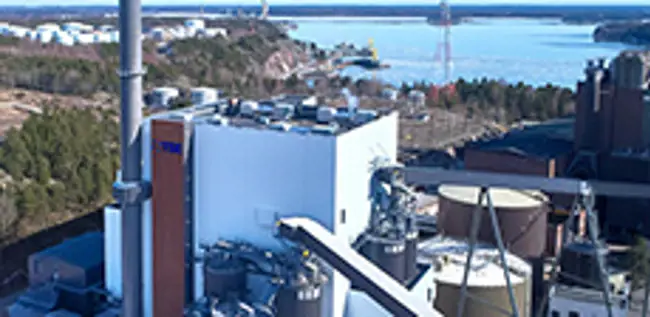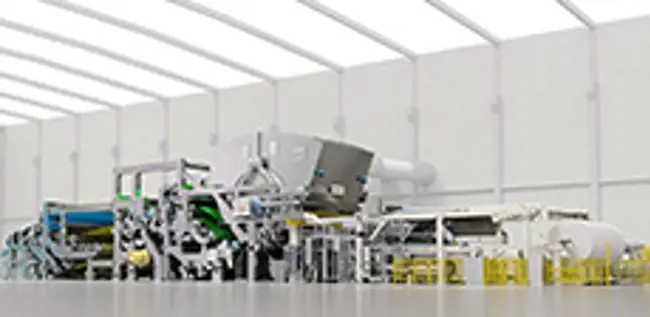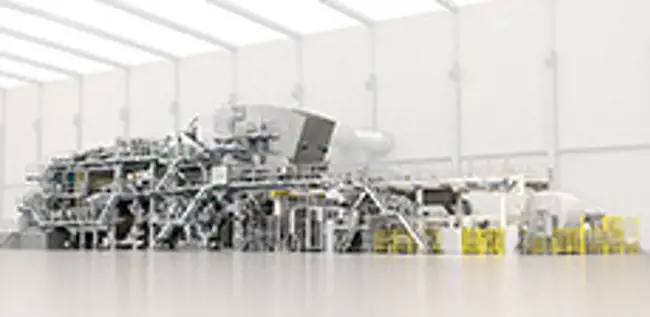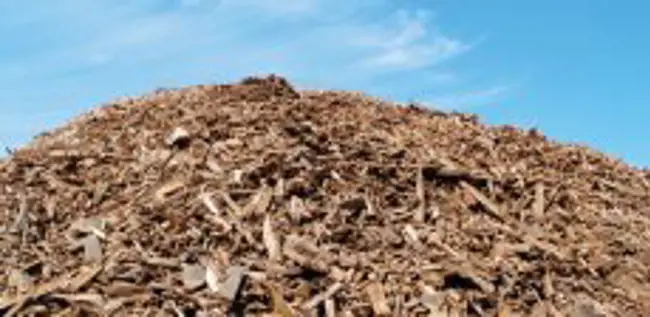Converting waste streams into clean energy
8월 4, 2022
The circular economy is about resource efficiency. Materials that cannot be used as raw materials for new products are converted into energy.
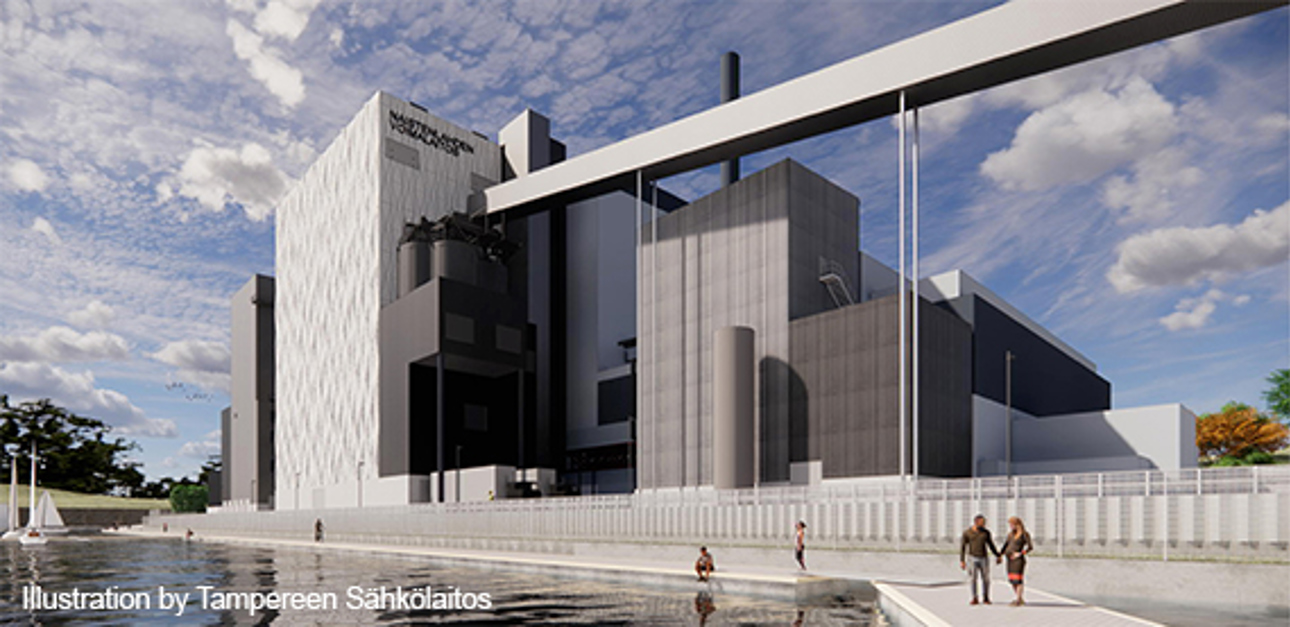
– Waste contains energy, but biomass is also part of the circular economy as it is a clean and sustainable energy source, says Kai Janhunen, President of Valmet's Energy Business Unit.
Demolition timber, waste from the wood processing industry and forest residues from forest management are becoming more common as fuel in Nordic power plants. Refuse Derived Fuel (RDF) is often used alongside biomass.
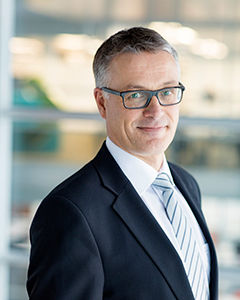
– Combined production of heat and power (CHP) produces safe basic energy, and it is also a good solution for stabilizing the electricity grid. Wind and solar energy are not enough to replace fossil fuels. Smart systems bring greater control. It is worth considering which systems provide the highest efficiency. Should energy be converted into electricity or utilized directly as heat or steam? Janhunen asks.
Industrial companies are also working to reduce their carbon footprint by transforming their production into carbon neutral. By combining RDF and their own waste and by-product streams, companies can produce renewable energy either for their own production or for sale to the district heating and electricity grid.
– The interface between the waste operator and the power plant is important. Energy supply must be consistent and reliable, Kai Janhunen emphasizes.
The utilization of ashes is also increasing. Ash no longer ends up in landfills, but instead the harmful components are neutralized and the pure ash is refined into fertilizers, industrial raw materials and soil.
Should energy be converted into electricity or used directly as heat or steam?
Forerunner in circular economy
Valmet is a technology supplier for biomass and multi-combustion boiler plants with several waste-to-energy solutions for the production of electricity and heat.
Valmet's Bubbling Fluidized Bed (BFB) and Circulating Fluidized Bed (CFB) technologies make emission control very effective. Many different fuel mixtures can be used as fuel in a boiler, such as industrial waste, Refuse Derived Fuel (RDF), biomass and municipal waste.
– We are at our best in the challenging fractions of the energy industry. We turn waste streams into energy, Janhunen describes.
Tampere and Oulu promote bio power
After the renovation of the energy company Tampereen Sähkölaitos’ power plant unit in Naistenlahti, the district heating production in Tampere will be mainly based on bioenergy and the circular economy. Tampereen Sähkölaitos is already the largest user of biofuel in the region, and with the new boiler in Naistenlahti, carbon dioxide emissions will continue to decrease while carbon neutrality will continue to increase.
Oulun Energia’s biopower plant in Laanila was completed at the end of 2020. It produces energy-efficient electricity, district heating and process steam. Emissions from the plant are well below the limit values set by the EU. Oulun Energia aims at being completely carbon-neutral in energy production by 2035.
About 70 percent of the fuel used by the power plant is wood. In addition to that, recycled fuel from Oulun Energia’s waste sorting plant is used. A multi-fuel boiler can use different fuel compositions and their ratios can be easily changed.
– The decisions and investments that are made today are based on reliable technologies and sustainable biomass and waste. We need to make the most resource-efficient use of different sources so that we can reduce the need for fossil fuels. This is not just a challenge but also an opportunity. We need a portfolio of different good solutions, Kai Janhunen sums up.
Text: Mikaela Katro
Related articles
